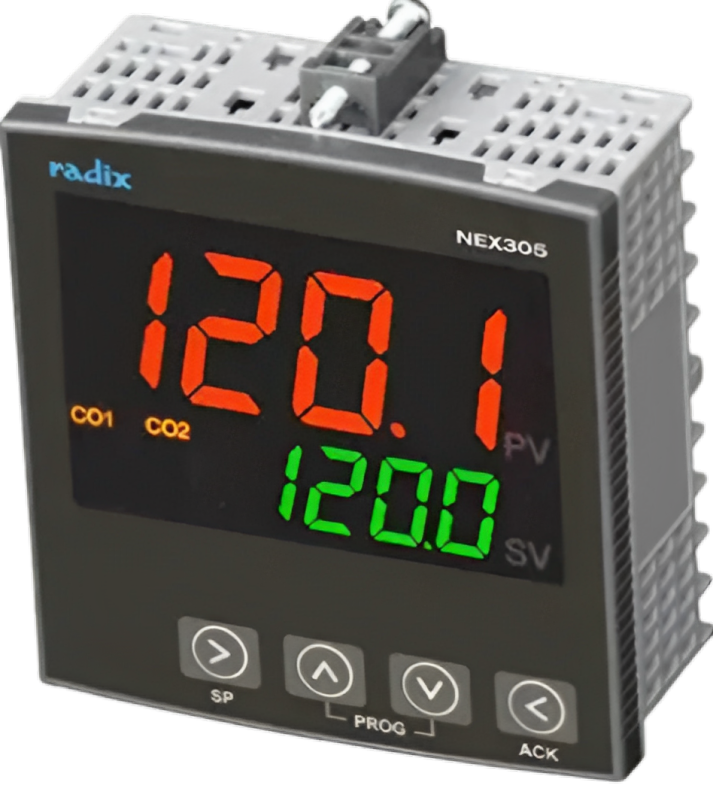“Hello friends, today we will talk about PID controller tuning. In PID controller, The most important is , its tuning. In tuning its three parameters P, I and D are set. we have a video in the last of this post for the better clarification about PID controller and its tuning.
PID Controller Introduction
PID controller is used in almost all industries.
This is a feedback control system.
for PID controller,, Feedback is taken from, sensors.
The signal from Sensor is called , process variable.
And, according to the setpoint,
the output is sent to control valve, & , processes are maintained and controlled.
output signal of PID controller, depends on Its valves P, I, and D.
output signal of PID controller,
Is called , control variable.

In PID controller your main requirement is that, the process variable remains near the set point or varies in a range near the set point.
Let us understand that first.
PID Controller Tuning
Friends,
the range or band of that process variable is called Proportional band (PB).
For example, suppose you have to control a temperature.
And ,its setpoint is 250 degrees Celsius.
You have to maintain it around 10% of the setpoint.
So here, 10% will be the proportional band.
This means that,
when the temperature drops 10% above or below the actual setpoint.
then, control system will activate and adjust according to the proportional gain.
Meaning, it will maintain the process variable between 10 percent up or down of the set point.
using proportional band (PB),
to calculate the range of adjustment of process variable (PV) ,
There is a formula .
And, that is,
Proportional Band (PB) = 100 / Proportional Gain, (Kp).
Friends,
all your work will be done with this formula.
If your setpoint is 250 degrees Celsius.
and, the proportional band is 20%.
then, you can easily calculate the value of Kp:
PB = 100/ Kp.
Meaning,
20 = 100/ Kp.
From this , you will get the value of Kp,
Kp = 100 / 20.
Meaning,
Kp = 5.
Friends, according to your process, you have to see how much proportional band should be kept?
Choose the value of kp, according to proportional band.
Look Friends,
Proportional control only looks at, current error.
meaning, the current difference between the setpoint, and, the actual process variable.
This respond the control system quickly.
but , there is a risk of overshooting.
means , the process variable can exceed the setpoint.
and , then take time to return back to the setpoint.
Friends, a steady-state error remains due to the value of Kp.
Process does not reach the set point.
To bring the process to setpoint, integral term is used.
Or, Integral control is used.
Integral control helps reduce steady-state error in the PID.
Whenever the process variable deviates from the setpoint,
the integral term looks at the total sum of past errors.
and , adjusts the control output accordingly.
If , we are controlling the level of the tank and the level is not near the setpoint.
then , the integral term will provide continuous correction.
so that, the level becomes equal to the setpoint.
There can be some other parameter instead of level.
Derivative control, on the other hand, anticipates future trends.
If a process variable ,(such as temperature),
is changing very quickly.
the derivative control will notice that change.
and , adjust the control output accordingly.
Derivative control helps reduce overshooting.
and, keeps the system stable.
Conclusion
So Friends,
First you set the Proportional Control.
Then set the integral Control.
And, then set the derivative Control.
So friends, in this way you can adjust the values of P, I, and D according to your applications.
So friends, this was a complete guide to PID controller tuning.